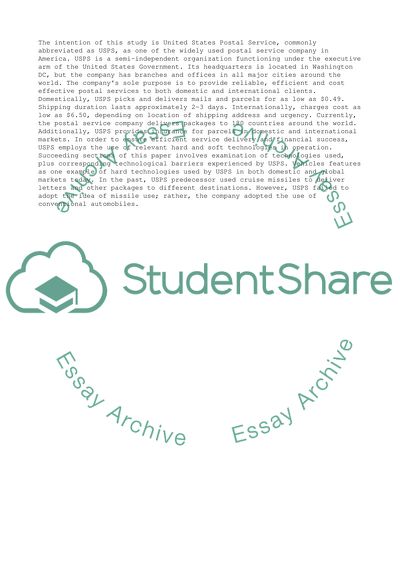Cite this document
(“USPS Hard and Soft Technology Research Paper Example | Topics and Well Written Essays - 1000 words”, n.d.)
USPS Hard and Soft Technology Research Paper Example | Topics and Well Written Essays - 1000 words. Retrieved from https://studentshare.org/business/1658589-usps-hard-and-soft-technology
USPS Hard and Soft Technology Research Paper Example | Topics and Well Written Essays - 1000 words. Retrieved from https://studentshare.org/business/1658589-usps-hard-and-soft-technology
(USPS Hard and Soft Technology Research Paper Example | Topics and Well Written Essays - 1000 Words)
USPS Hard and Soft Technology Research Paper Example | Topics and Well Written Essays - 1000 Words. https://studentshare.org/business/1658589-usps-hard-and-soft-technology.
USPS Hard and Soft Technology Research Paper Example | Topics and Well Written Essays - 1000 Words. https://studentshare.org/business/1658589-usps-hard-and-soft-technology.
“USPS Hard and Soft Technology Research Paper Example | Topics and Well Written Essays - 1000 Words”, n.d. https://studentshare.org/business/1658589-usps-hard-and-soft-technology.


